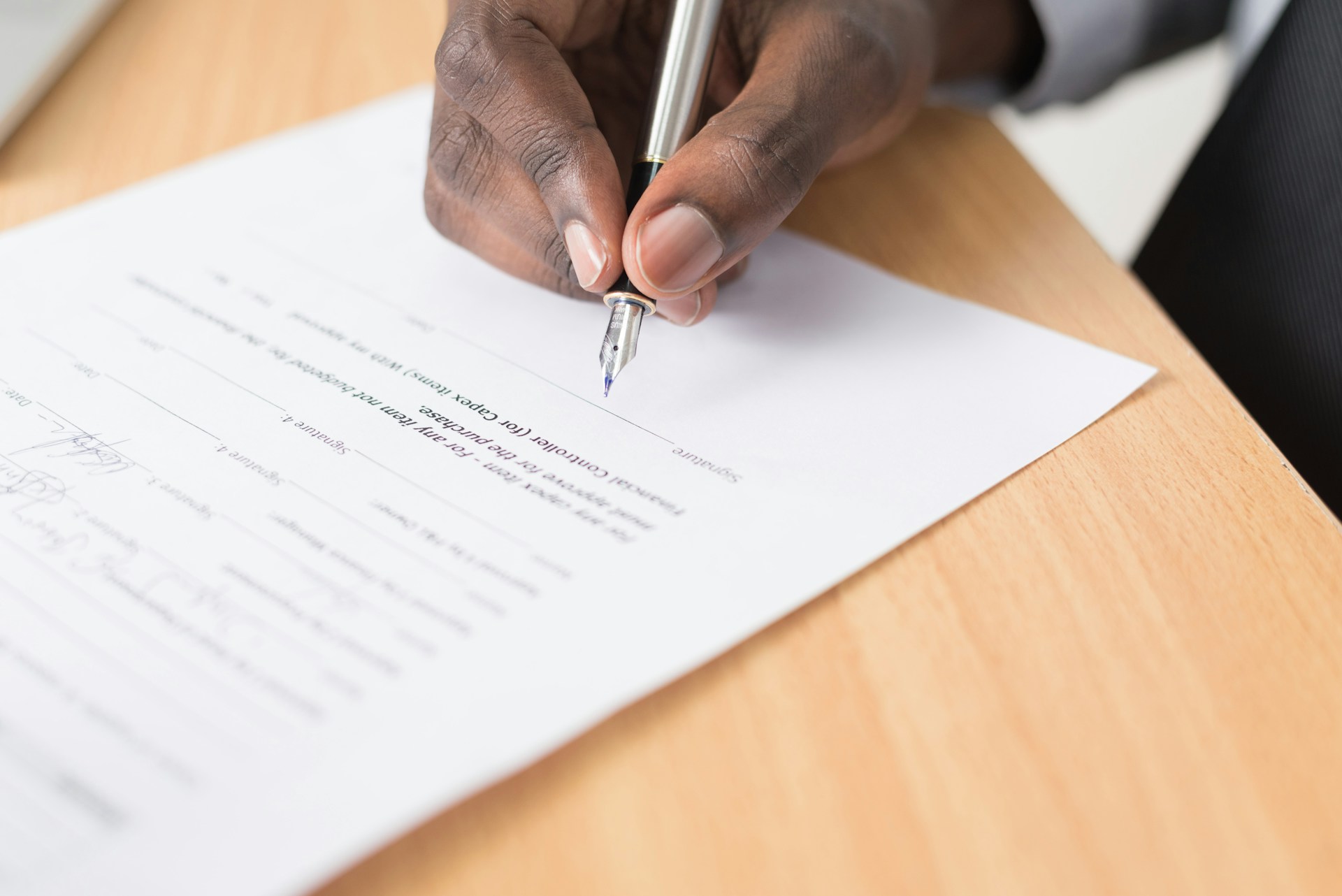Have you been injured due to what you believe is negligence in your city? Perhaps you tripped on a broken sidewalk, or maybe a malfunctioning traffic light caused an accident.
While accidents happen, sometimes these incidents arise from a city’s failure to maintain its infrastructure or uphold public safety standards. If you’ve been injured and believe the city is responsible, you might consider taking legal action. However, suing a city is different from suing a private individual.
In this article, we will be your guide through this complex process.
Understanding the Legal Liability of Cities
As governmental entities, cities possess certain legal protections known as sovereign immunity, which shield them from certain types of lawsuits. However, this immunity is not absolute and varies depending on jurisdiction and the nature of the claim. Cities are usually immune from lawsuits for discretionary decisions but can be liable for negligent acts causing harm.
In 2023, The Guardian reported that 19 cities agreed to pay settlements to protesters injured by law enforcement actions. These settlements come in response to the widespread protests for racial justice that swept across the United States in 2020. In total, cities nationwide have agreed to pay more than $80 million to compensate protesters harmed during these demonstrations.
Determining a city’s liability for personal injuries entails assessing statutes, the duty of care, and the causal link to harm. Factors such as breach of duty and foreseeability of harm also play pivotal roles in assessing liability. These elements collectively shape the legal framework for holding cities accountable for injuries sustained within their jurisdiction.
Assessing the Strength of Your Case
Before proceeding with legal action against a city for your injuries, it’s crucial to assess the strength of your case. Begin by evaluating your gathered evidence, including photographs, witness statements, and medical records.
This helps to determine the extent of the city’s negligence or wrongdoing. Consider consulting with legal experts who specialize in personal injury cases against municipalities to gain insights into the viability of your claim.
Evaluating your case strength entails reviewing liability clarity, injury severity, and the probability of establishing causation.
Seeking Legal Representation
When considering legal action against a city for your injuries, enlisting the assistance of experienced legal representation can significantly enhance your chances of success.
In 2023, First Alert 4 highlighted MODOT’s overhaul of Highway 270 in the Lindbergh area due to its current dangers. St. Charles Rock Road was identified by Trailnet as a hotspot for accidents, with twelve people struck and four fatalities reported last year. The report revealed that 95% of fatal crashes in St. Louis County occurred in areas with speed limits of 35 mph or higher.
The above data shows the negligence of the city administration. If affected by the St. Louis city administration’s negligence, seek local legal representation to pursue rightful justice and compensation. St. Louis personal injury lawyers have extensive knowledge of municipal liability laws and regulations.
TorHoerman Law emphasizes that a proficient personal injury attorney provides tailored guidance and steadfast assistance in seeking fair compensation for your injuries. Partnering with such a dedicated legal advocate ensures your rights are protected throughout the process of pursuing claims against cities.
Determining Damages and Compensation
Damages may cover medical expenses, lost wages, and tangible and intangible losses resulting from the accident. This process is crucial for ensuring just restitution for the harm endured.
Accurately evaluating damages involves considering injury severity, daily life impact, and potential long-term consequences. Consulting medical and financial experts can assist in quantifying damages and pursuing fair compensation for losses. This comprehensive approach ensures a thorough assessment and appropriate restitution for your injuries.
According to Forbes, the Insurance Information Institute’s study revealed an average payout of $20,235 for bodily injury claims in the US. However, individual compensation may significantly differ based on case specifics, injury severity, and other pertinent factors. It’s essential to consider these variables when assessing potential compensation for your injuries.
Understanding Legal Procedures and Timelines
Mastery of filing deadlines and court proceedings can prevent setbacks and increase the likelihood of a favorable outcome. Navigating these intricacies is key to ensuring a smooth path to justice for personal injuries.
Familiarize yourself with procedural requirements and deadlines governing claims against municipalities in your jurisdiction to avoid jeopardizing compensation eligibility. Anticipate potentially lengthy legal proceedings, as cases involving governmental entities often demand extensive investigation and negotiation. Understanding typical timelines in municipal liability cases aids in managing expectations and planning effectively.

The Office of the New York City Comptroller reports that early resolution of valid claims provides swift assistance to impacted residents. The Comptroller’s Office offers pre-litigation settlements within a year and 90 days, unlike lengthy litigation processes spanning years. This expedited approach aims to swiftly address grievances stemming from city actions or inactions.
Considering Settlement Options
Considering settlement options during your pursuit of legal action against a city for injuries is crucial for achieving a prompt and satisfactory resolution. Settlements provide a chance to resolve disputes efficiently, saving time, money, and emotional energy. Before entering negotiations, evaluate your case’s strengths and weaknesses, as well as potential litigation outcomes.
Seeking guidance from legal experts can aid in assessing the fairness of settlement offers, empowering you to make informed decisions regarding further legal action.
Preparing for Trial, if Necessary
In cases where settlement negotiations fall short, thorough trial preparation becomes essential. This entails gathering evidence, identifying key witnesses, and crafting compelling legal arguments. Before trial, collaborate closely with your legal team to assess your case’s strengths and weaknesses and devise a robust trial strategy.

Familiarize yourself with courtroom procedures and mentally prepare for the challenges of litigation. Adequate trial preparation positions you to advocate effectively for your rights and pursue justice if settlements prove elusive.
Frequently Asked Questions
How Do I Determine If The City Is Liable For My Injuries?
To determine if the city is liable for your injuries, assess whether its actions or negligence directly contributed to the accident. Consider factors such as maintenance standards, adherence to safety regulations, and the city’s duty of care in the specific circumstances.
What Steps Should I Take To Gather Evidence And Build A Strong Case Against The City?
To build a strong case against the city, document the scene thoroughly, gather witness statements, and obtain any relevant records or reports. Also, consult with legal experts to ensure you’re collecting evidence effectively and meeting procedural requirements for pursuing claims against municipalities.
What Are The Potential Challenges Or Obstacles When Suing A City For Injuries?
Suing a city for injuries may involve navigating sovereign immunity, strict procedural requirements, and complex governmental regulations. Challenges may include proving negligence, adhering to strict deadlines, and facing resistance from city authorities, requiring skilled legal representation and thorough preparation.
Navigating Legal Recourse in Urban Settings
Initiating legal action against a city for injuries is complex yet crucial. Equipping yourself with knowledge, seeking adept legal representation, and advocating for your rights empowers you in navigating the legal landscape with assurance. Whether it’s a sidewalk slip-and-fall or a traffic collision, this guide serves as your roadmap to justice and compensation in urban settings.
An Occupational therapist, freelance content writer and more importantly a stay-at-home mom, Sara, like all other parents juggles her many roles. Her passion for writing combined with her professional expertise as an Occupational therapist (working with children with special needs) has helped her craft content specific to child health, wellness and learning skills. At present, Sara alternates her time between raising her two young children, and writing about what she knows best- children!





